Lepoglava Lace
Lepoglava lace. Špancirfest Varaždin September 2008. Lepoglava lace experienced a real blossom in the late 19th and early 20th century thanks to Zlata Šufflay who organized lace-making workshops and was followed in her footsteps by Danica Brossler after WWI. Bobbin Lace - Lepoglava and SevilleLepoglava Lace.
At that time Lepoglava lace also won international awards at world exhibitions. THE COLLAR Lepoglava Lace Coop. The monks taught rural population the technique of weaving and primarily applied it to the production of white linen clothing and turbans.
The little town of Lepoglava in the hilly region north of Zagreb is famous for its exquisite lace. This era was one of great prosperity for Lepoglava lace. Meeting the 12th Festival Presentation of projects.
In Paris 1937 it won a gold medal and two years later it won a bronze in Berlin. TZ Lepoglava The 25th edition of the International Lace Festival will take place from 10-12 September in the northern Croatian town of Lepoglava. The best known bobbin lace got its name by the municipality of Lepoglava situated in the Varaždin County in the north-west Croatia.
Lacemaking in Lepoglava began production in the late 19th century reaching its Golden Age between the two World Wars. The issue was released and put into circulation on the 31 st of March. The Pauline order from Hungary founded a monastery in Lepoglava in 1400 bringing the skill of making lace to the town.
She encouraged the development of a school of lace-making. Take lace for example not a commodity I will confess to spending much time thinking about in the past but Croatia has three completely different lace-making centres which are inscribed as UNESCO intangible heritage - the islands of Pag and Hvar and the town of Lepoglava in Varazdin County in northern Croatia a UNESCO tradition which has been. Lepoglava lace experienced its true flowering at the end of the 19th century and in the first half of the 20th century thanks to the Honorable Zlata Sufflay who first organized the production of lace and its refinement through the use of folk decoration and her work was continued with exceptional success by Danica Brossler after the First World War.
Since 2009 Lepoglava Lace has been included on the UNESCO Representative List of the Intangible Cultural Heritage of Humanity. Students of the Faculty for Textile Technology Zagreb.
International lace festival is oldest and biggest event in Lepoglava with 3 days program.
Špancirfest Varaždin September 2008. Since 2009 Lepoglava Lace has been included on the UNESCO Representative List of the Intangible Cultural Heritage of Humanity. LEPOGLAVA LACE The best known bobbin lace got its name by the municipality of Lepoglava situated in the Varaždin County in the north-west Croatia. Špancirfest Varaždin September 2008. A cradle of science art and culture that was formed by the Pauline order -- the white friars -- from as early as 1400 a town located in the gentle landscape of the Croatian Highlands below Ivanščica Mountain not far from the routes of two major European highways Zagreb Vienna and Zagreb Budapest this town is LEPOGLAVA. This era was one of great prosperity for Lepoglava lace. This handmade white lace collar features a motif of flowers leaves and stems a typical pattern motif of Lepoglava lace. The 10th International Lace Festival - Lepoglava 2006 has been very successfuly organized. Lace works from Croatia and 11 other countries will be showcased during the festival with the partner country this year Hungary.
The best known bobbin lace got its name by the municipality of Lepoglava situated in the Varaždin County in the north-west Croatia. This wonderful lace with all its beauty and magic which is believed to have been brought to Croatia by Pauline Monks centuries ago is a very special feature of Lepoglava and its surroundings. 1600 Lepoglava Penitentiary Villa Lace Tent Project author Akiko Sato. The best known bobbin lace got its name by the municipality of Lepoglava situated in the Varaždin County in the north-west Croatia. Since 2009 Lepoglava Lace has been included on the UNESCO Representative List of the Intangible Cultural Heritage of Humanity. From 2010 Festival is held under high auspices of UNESCO committee for Croatia and it gathers several countries each year. Here handwoven lace is made with wooden bobbins that twist and turn thin threads of fine cotton and linen into geometric patterns around floral and animal motifs.




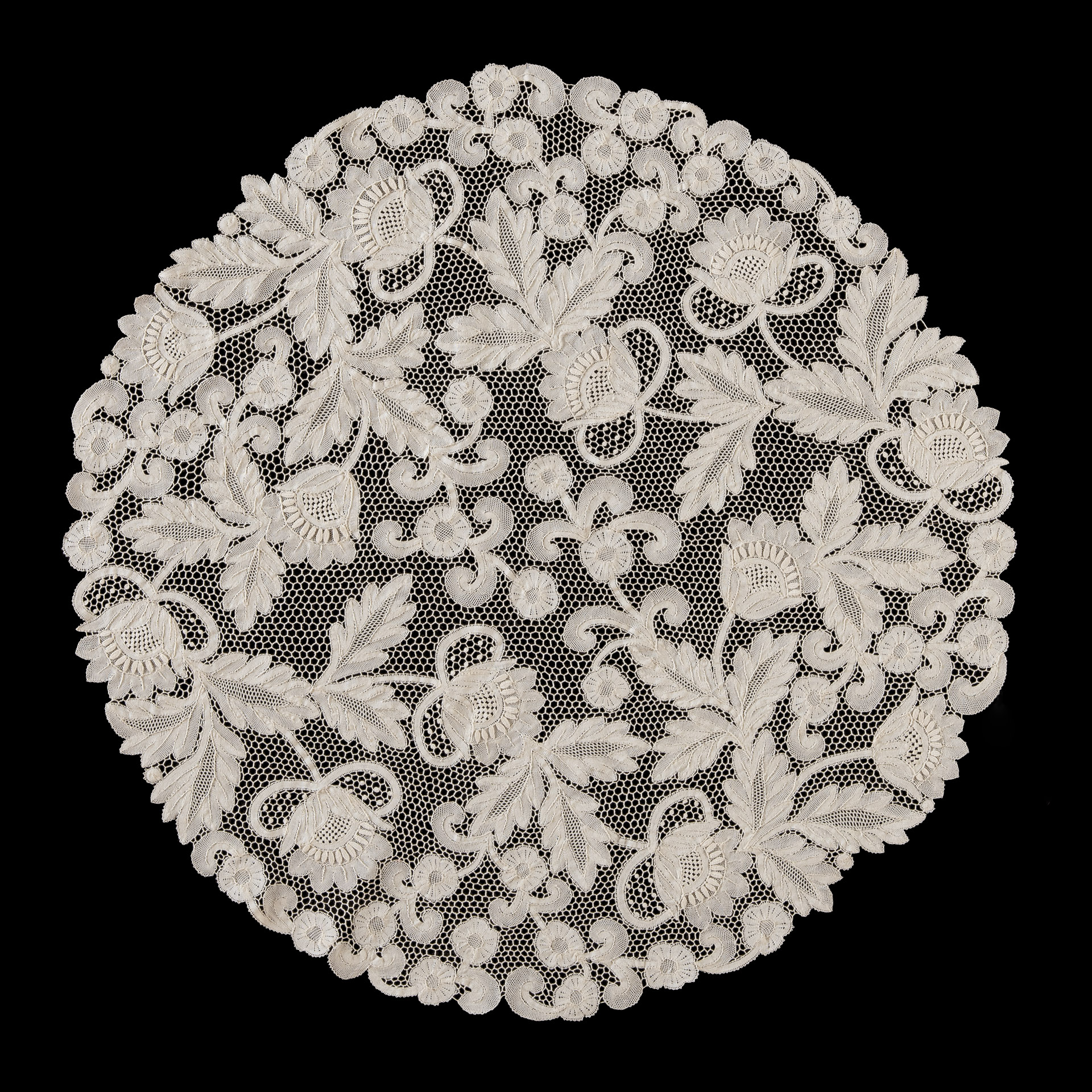

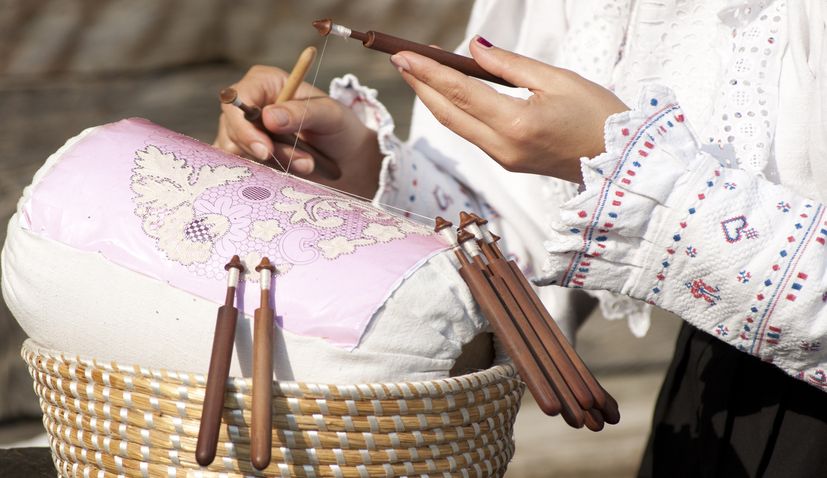



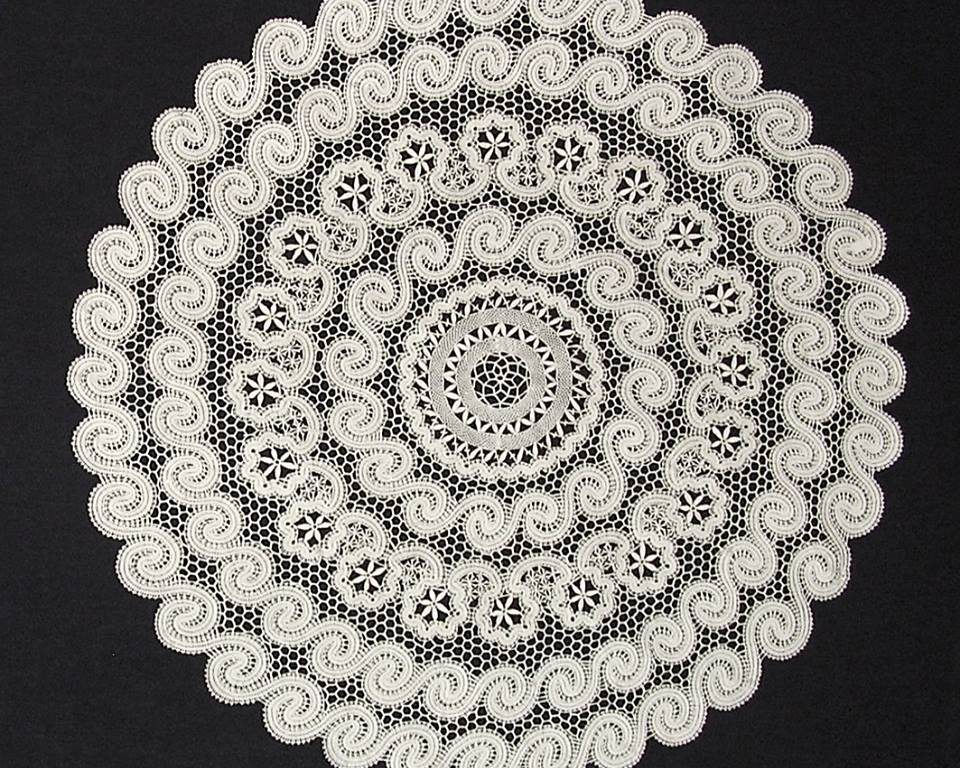





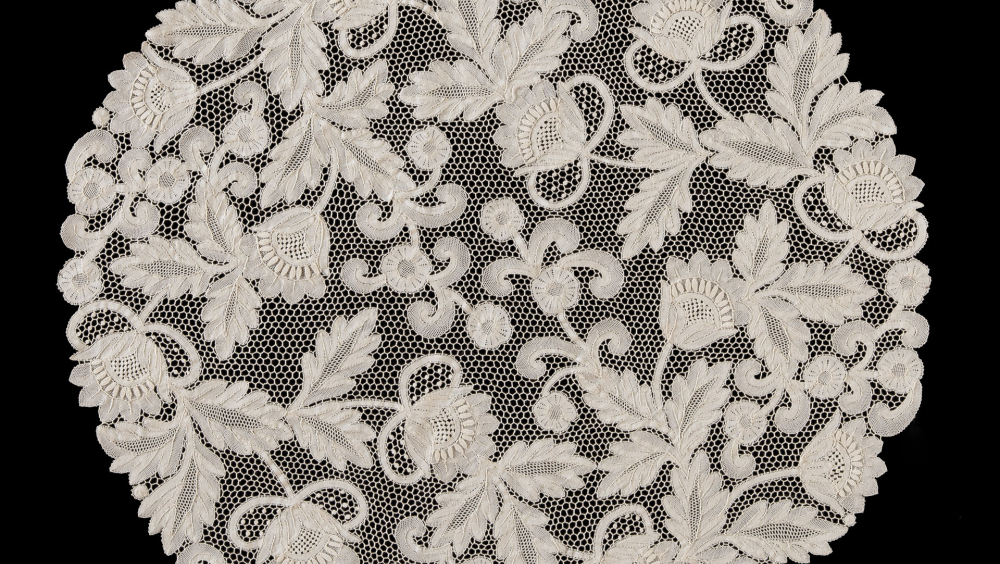



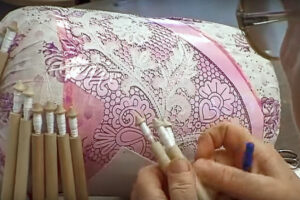
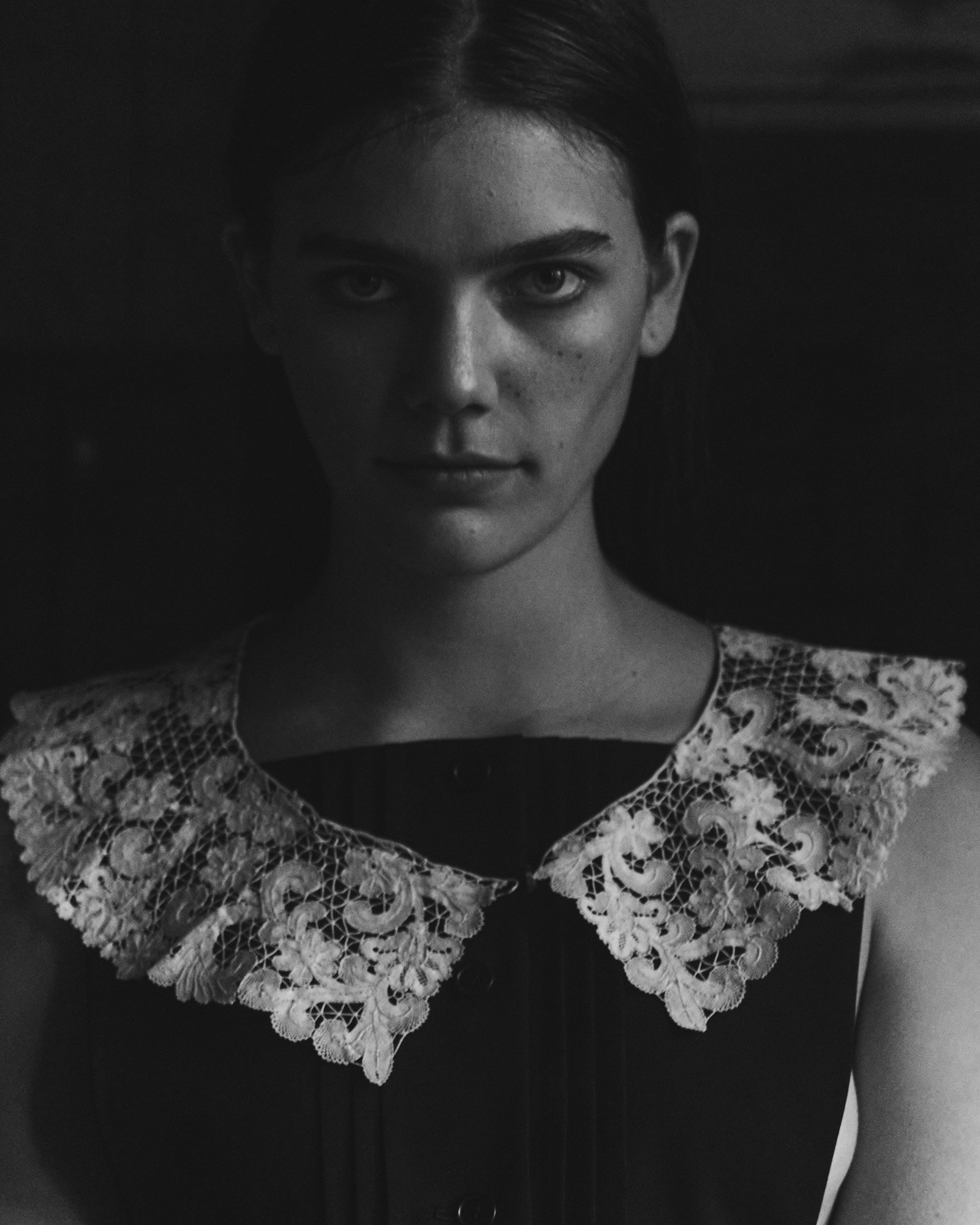



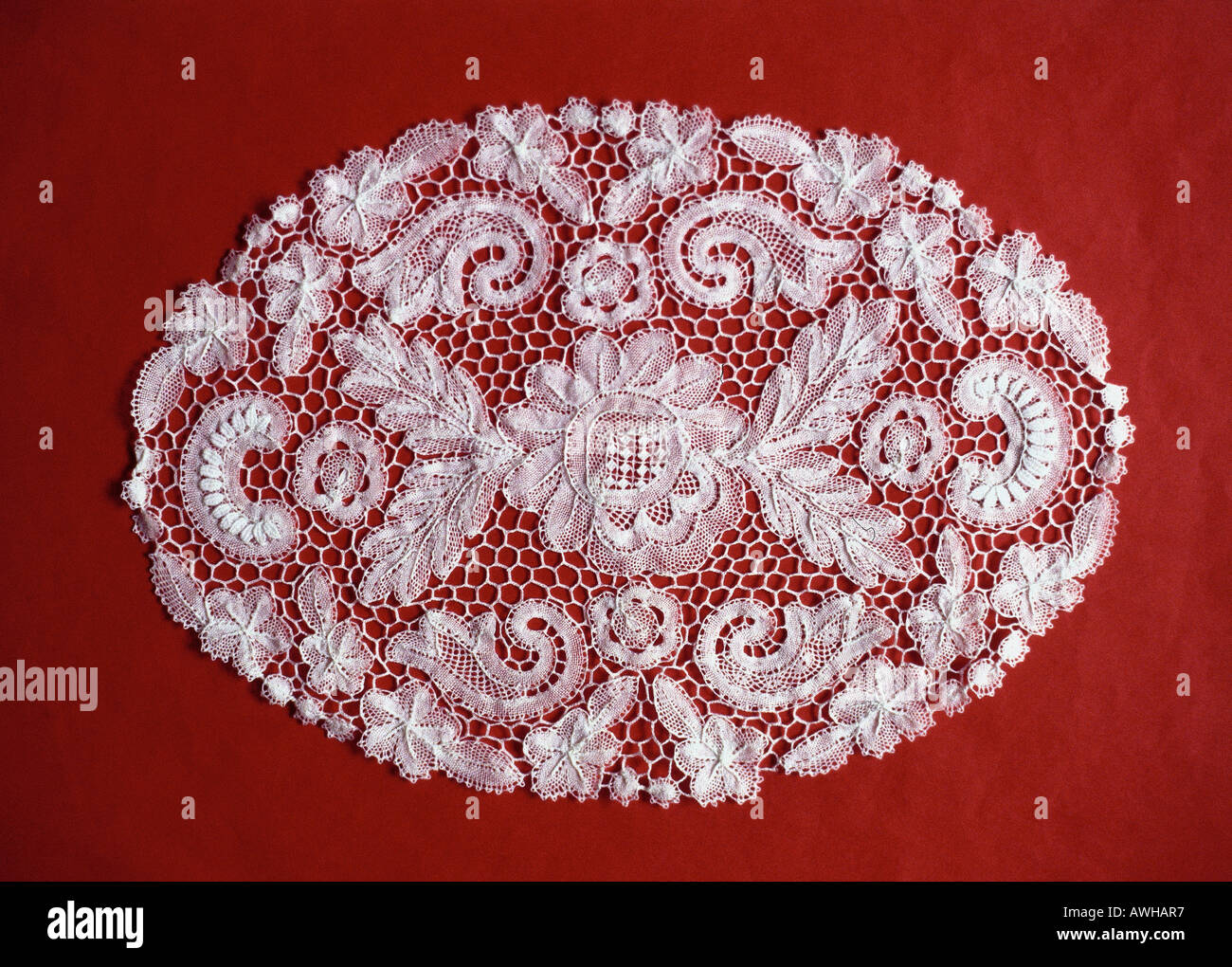



.jpg)
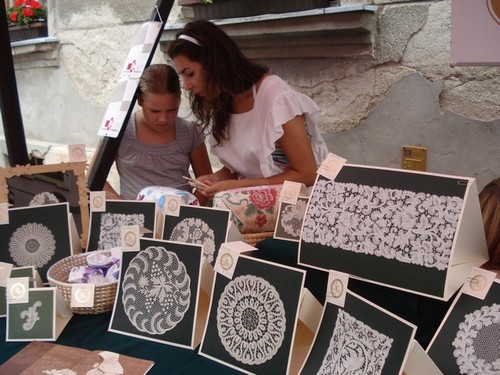
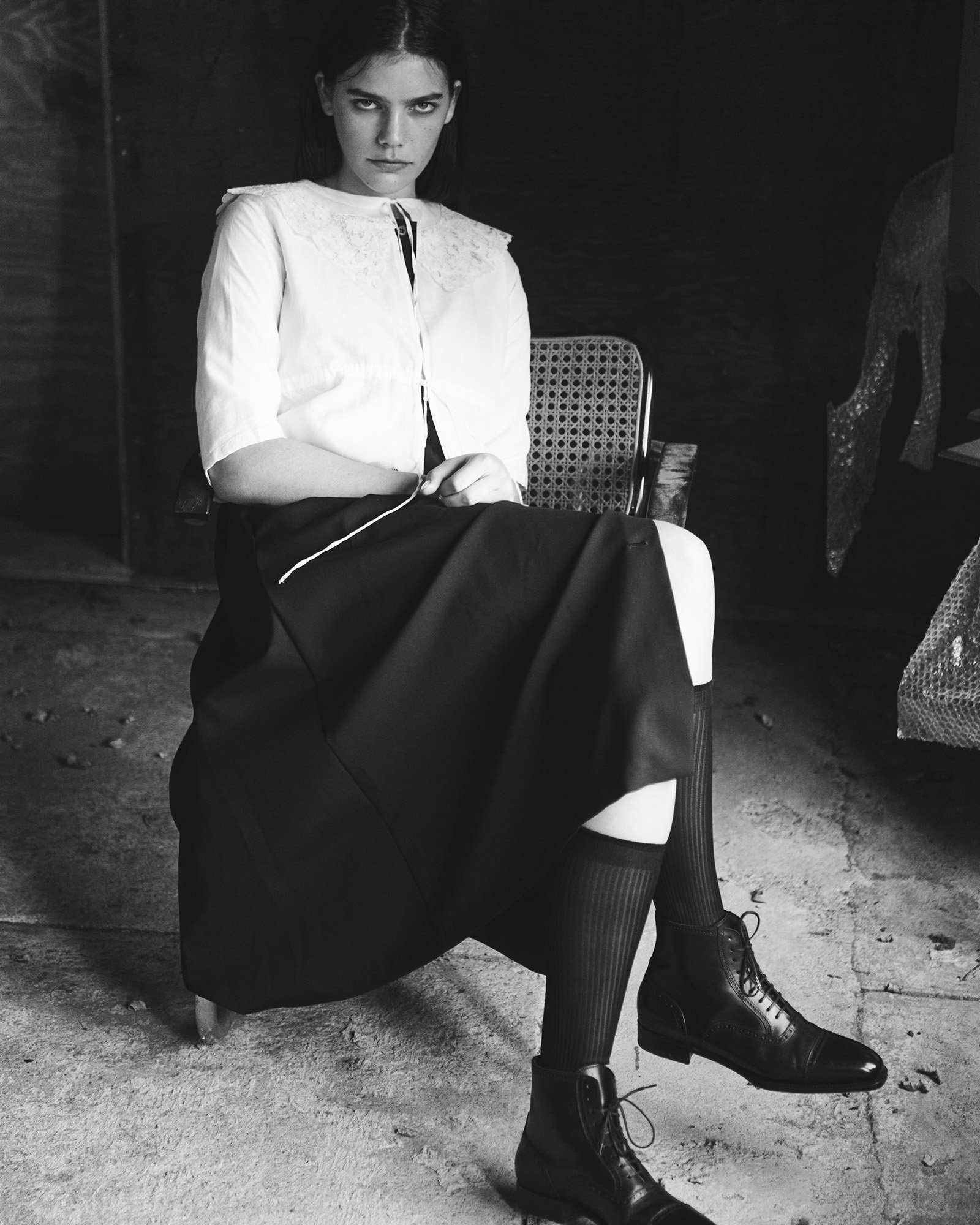




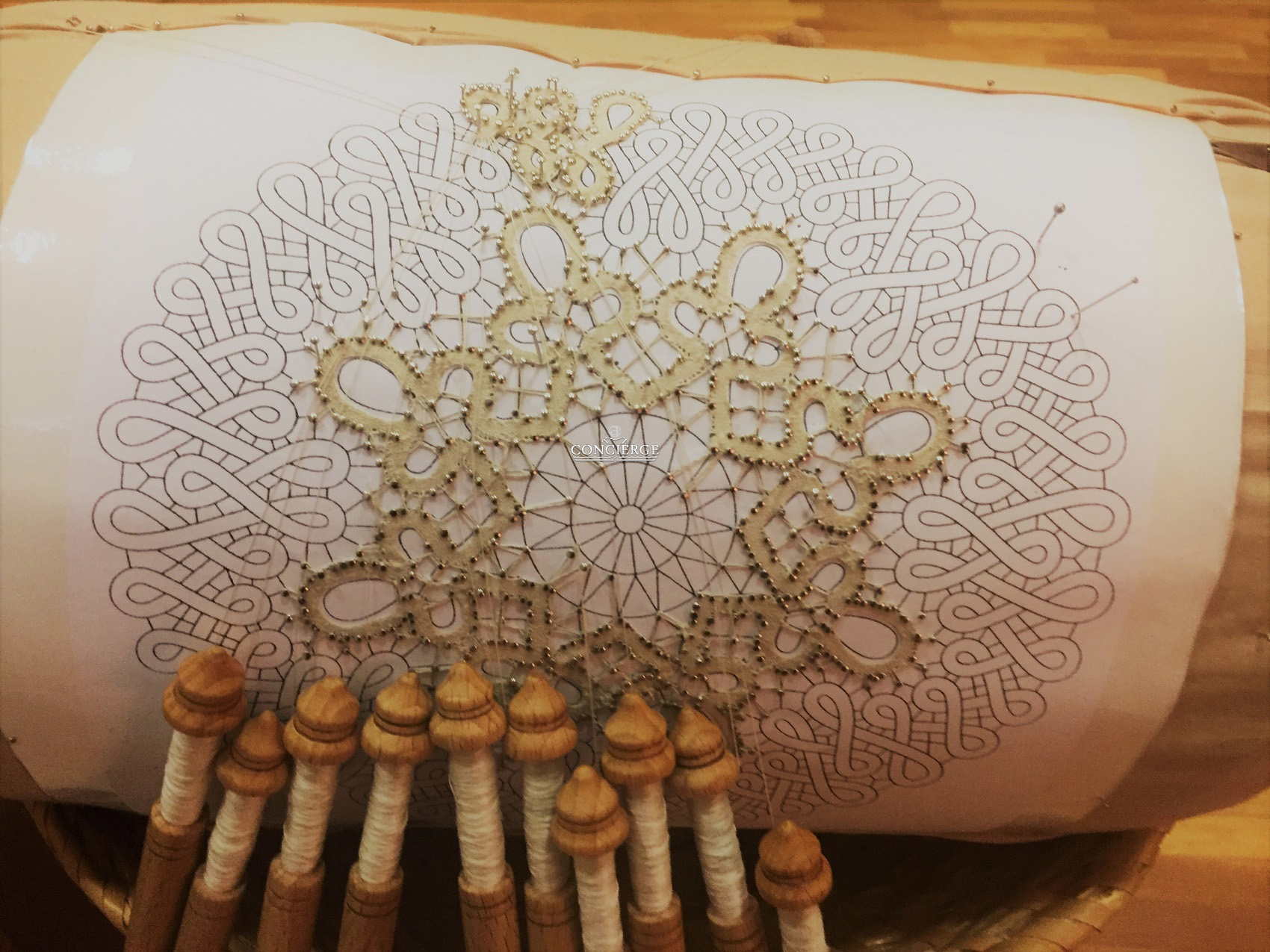
.jpg)

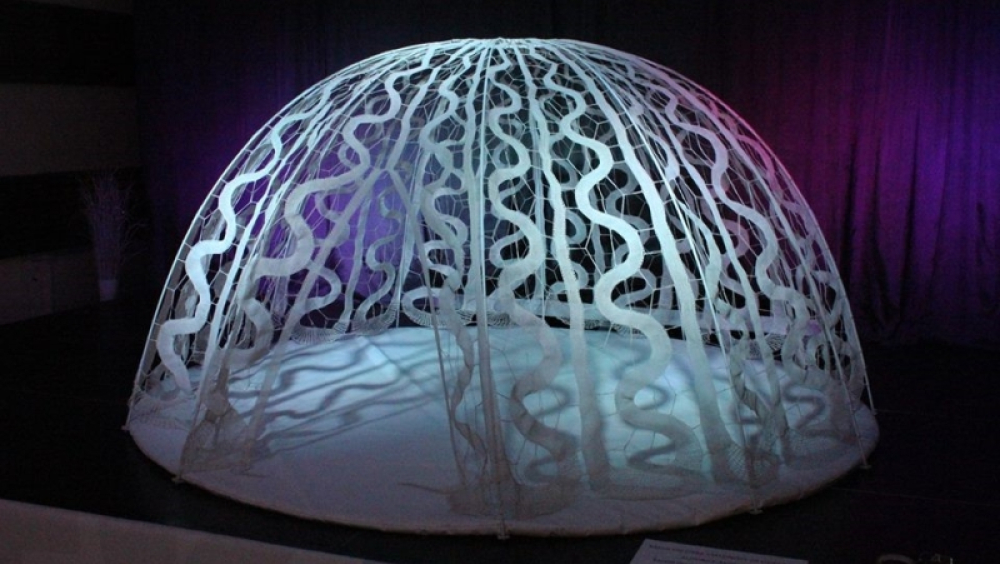
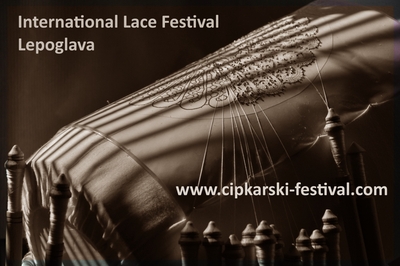
Post a Comment for "Lepoglava Lace"